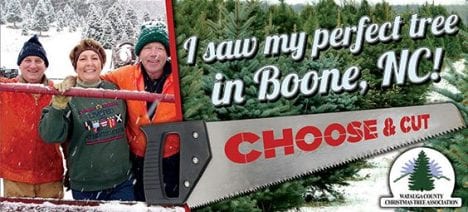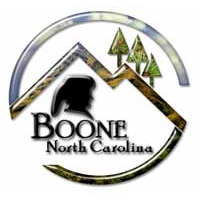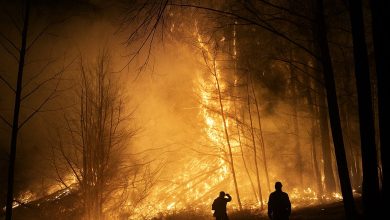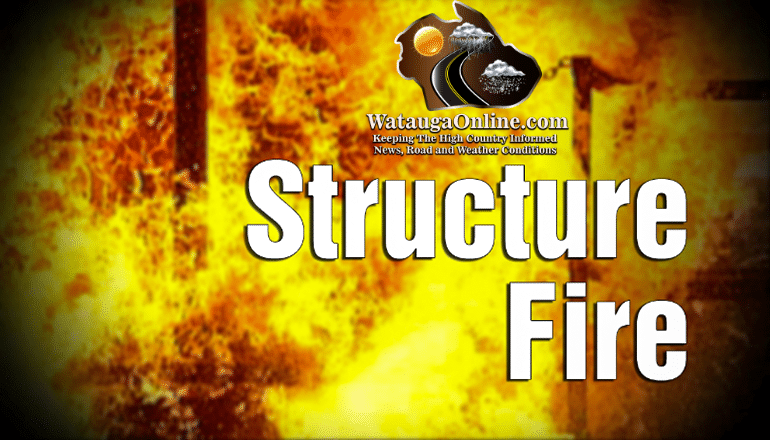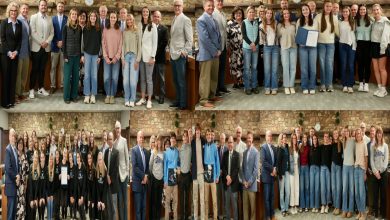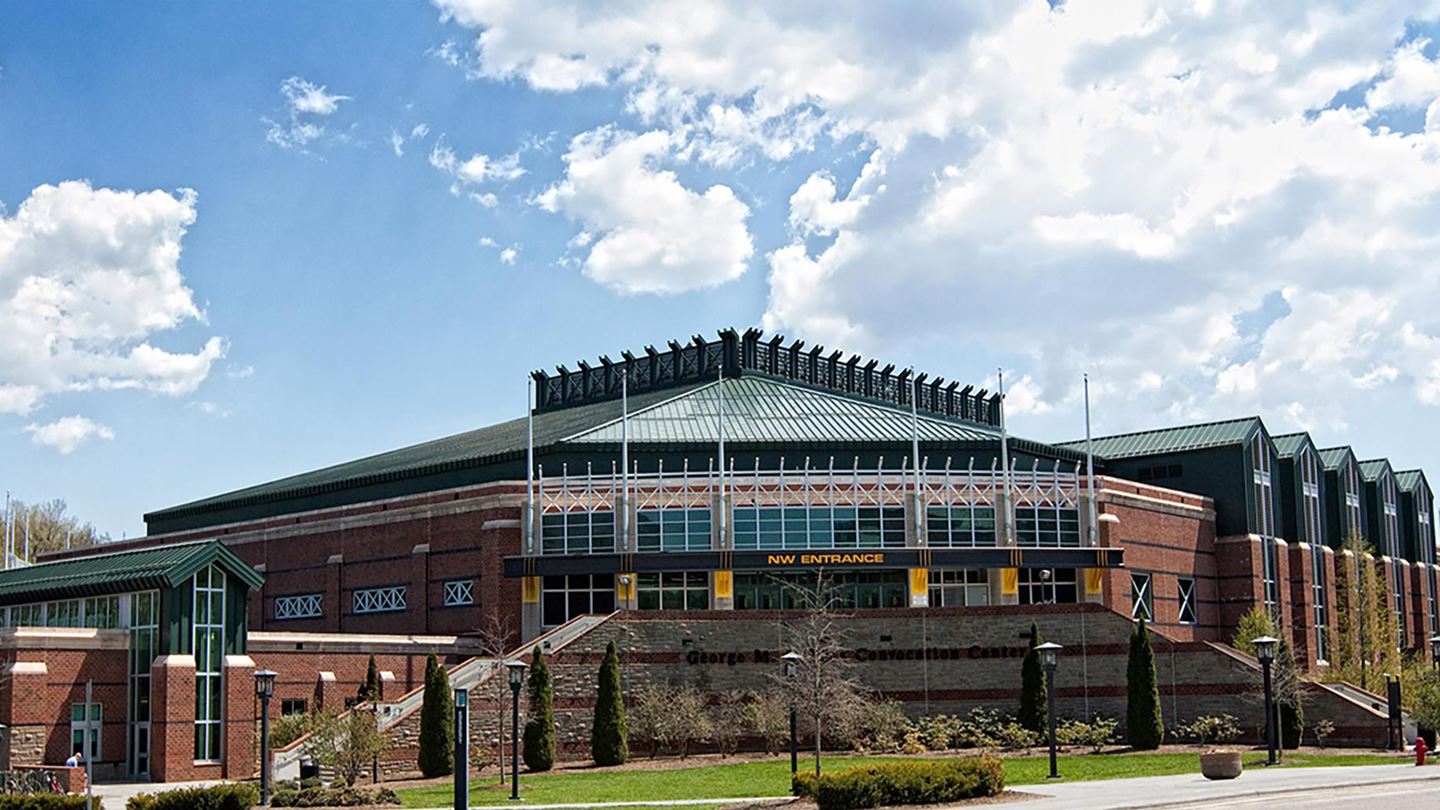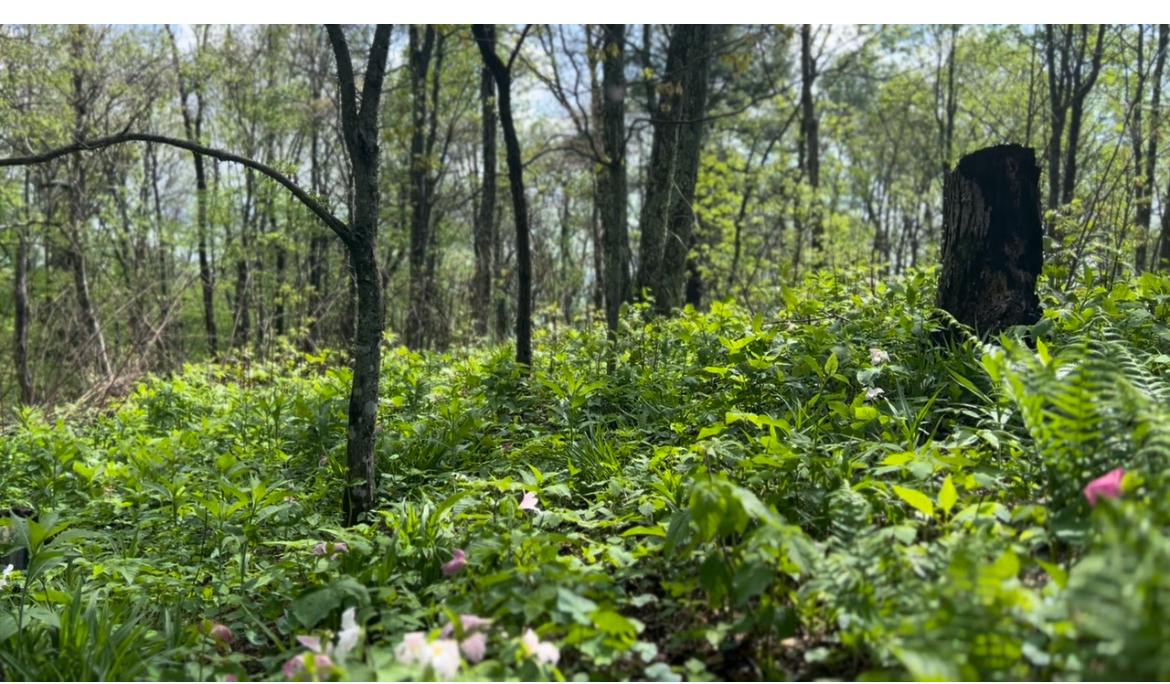
Last Updated on July 16, 2024 9:03 am
ASHEVILLE, N.C., July 15, 2024 – The U.S. Forest Service released a draft proposal for the Grandfather, Appalachian, Pisgah (GAP) Restoration Project on Friday, after more than two years of collaborative development. The proposed actions focus on restoring specific, fire-adapted sections of Pisgah National Forest and reducing wildfire risk.
James Melonas, Forest Supervisor for the National Forests in North Carolina, emphasized the role of partnerships in the project’s development, “This is a big project. We've worked with more than 20 partners including the Eastern Band of Cherokee Indians, National Park Service, the Southern Research Station, and everyone involved in Pisgah Restoration Initiative to create a solid plan to get this work done. We’ve combined our efforts and streamlined processes across the three Ranger Districts. This is a landscape-level challenge and we're really proud of the partnerships reaching towards a landscape-level solution.”
Community safety and forest restoration are key concepts in the Nantahala-Pisgah Forest Plan, finalized in 2023. Data from the past century show a trend towards longer, more severe dry periods in southern Blue Ridge forests. Combined with other factors, this has led to an unprecedented build-up of fuel for wildfires and less resilient forests. Community growth and increased interest in western North Carolina means a higher likelihood of fire ignition and higher risk to visitors and local communities when wildfires start.
Fall 2023 was a recent example of a busy wildfire season. Dry conditions earlier that year contributed to several large fires in the National Forests in North Carolina, including the 2,000-acre Black Bear Fire, which burned for four weeks and close to Interstate 40.
The U.S. Forest Service and GAP Project partners will host a series of open houses in July to share information about the project and connect to the communities around Pisgah National Forest.
“Our team is working really hard to keep everyone informed about this project. We've developed a story map where folks can learn more about the proposed work. We plan on updating it throughout the life of the project so people can see what’s being done in their National Forest. This is important work that we want everyone to be aware of; it will make the forest healthier and our communities safer.” said Jenifer Bunty, Public Affairs Specialist for the NC Disaster Assistance Recovery Team (NC DART).
To learn more about the GAP Project through the story map go to: https://storymaps.arcgis.com/stories/792662ebdf964d6fbe8a20ecd8ee6093
The draft Environmental assessment opened for a 30-day public comment period on July 12, 2024. Comments will help the U.S. Forest Service and our partners refine this project. We read and consider all comments and identify key issues for consideration to hep inform our environmental analysis. To see the official documents and comment go to: https://www.fs.usda.gov/project/?project=62992
The GAP Project's proposed action includes vegetation management and controlled burns. Controlled burns, also known as prescribed fires, are typically slow-moving, low-intensity burns set by specially trained wildland firefighters.
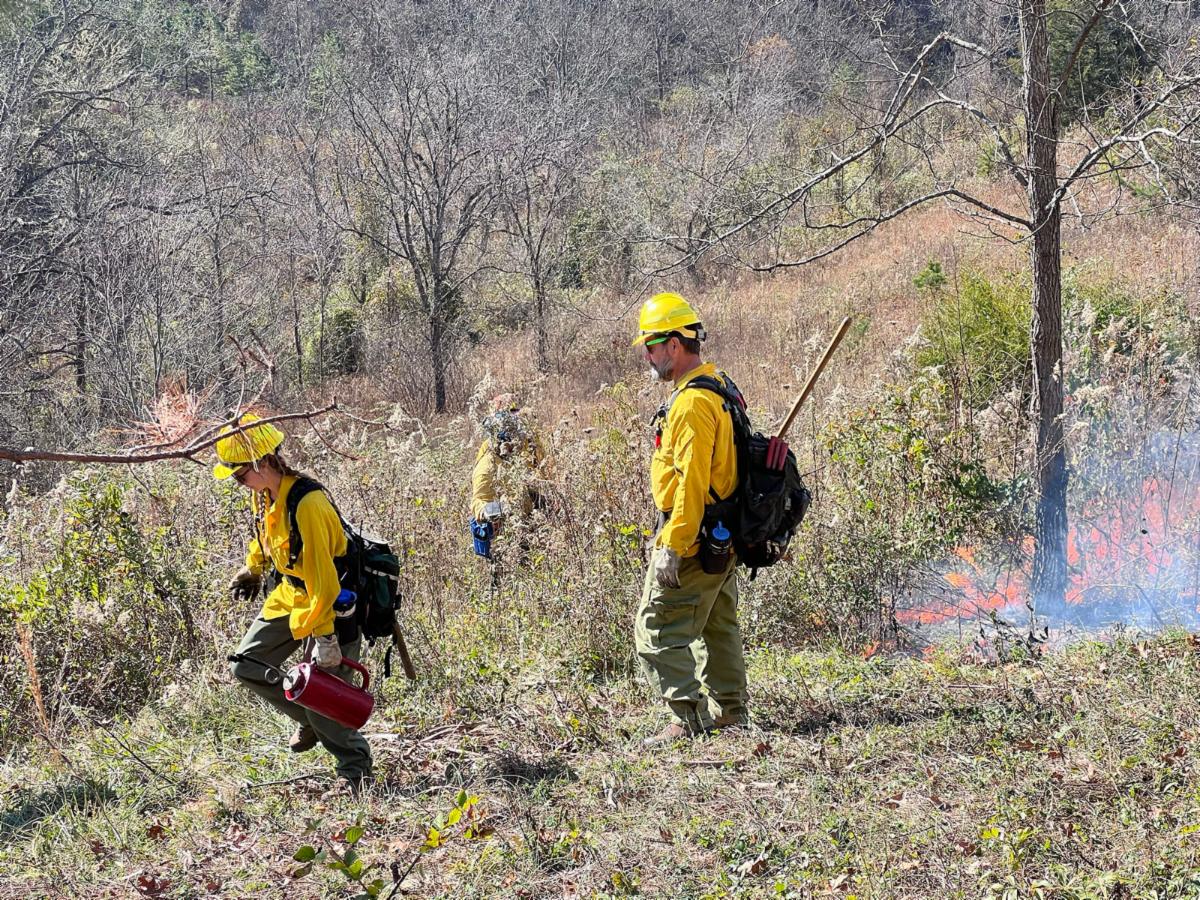
Trillium wildflowers, ferns, and other native plants popped up a few weeks after a recent controlled burn on the Appalachian Ranger District. Fire managers wait for specific environmental, weather, and fuel conditions to reduce wildfire fuels and support species that need fire to thrive.









